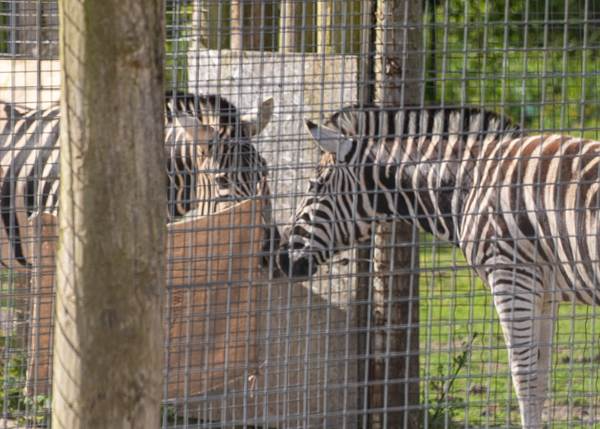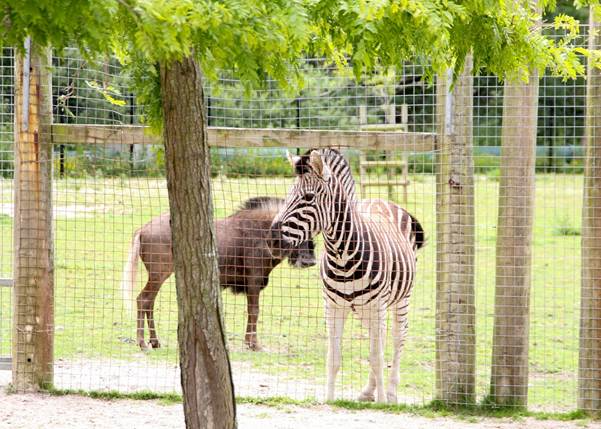A NEW zebra has arrived at Newquay Zoo.
The seven-year-old male Chapman's zebra called Parsley has joined the attraction from Dartmoor Zoo.
He will be a companion for six-year-old Luna in the zoo’s savannah habitat, where the pair will live alongside three black wildebeest and four nyala.

It is hoped that the new male and Luna will form a breeding pair in the near future, helping to secure the future of this charismatic subspecies of the plains zebra.
John Meek, the curator of plants and animals at Newquay Zoo said: “Chapman’s zebras are known for their striking striped patterns and strong social bonds. We’re hopeful that this beautiful new male zebra will build a strong connection with Luna and eventually contribute to the breeding success of the species. He’s already shown great interest in Luna and the other animals on the savannah so we’re all feeling very positive about his introduction this weekend.”

The zebras are housed in the zoo’s African savannah habitat, which offers guests an immersive experience of the mixed-species environment. Visitors can observe the natural behaviours of the zebras alongside other African grazing animals and learn more about the conservation work supported by Newquay Zoo and its parent charity, Wild Planet Trust.
Chapman's zebras are native to southern Africa and are currently considered a subspecies of least concern. However, like many plains species, they face increasing threats from habitat fragmentation and human encroachment. Responsible zoo breeding programmes play a key role in raising awareness and maintaining a genetically healthy population under human care.
The latest arrival comes during a busy and exciting time at Newquay Zoo. Over the May half-term, the zoo unveiled a new exhibit, Wonders of the Wild, showcasing small but extraordinary species with unique adaptations in a Roy Lichtenstein-inspired superhero themed area. The spring season has also seen the birth of several new arrivals, including penguin chicks, cotton-top tamarin twins, and dwarf mongoose pups. These developments reflect the zoo’s ongoing commitment to conservation, education, and continual improvement of the visitor experience.





Comments
This article has no comments yet. Be the first to leave a comment.